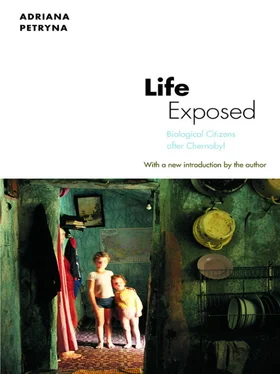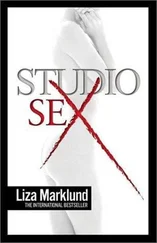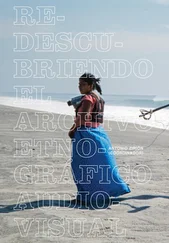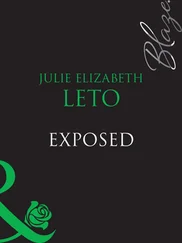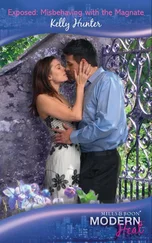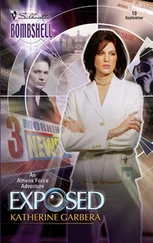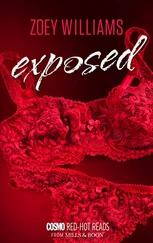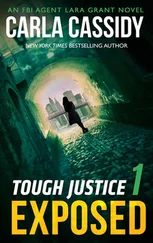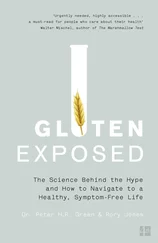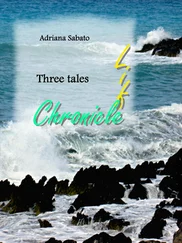In the presence of long-lived radionuclides, we do not know how people survive, or apparently survive. As human bodies absorb needed minerals, they engage in a troubling biokinetic mimicry. They mistake cesium-137 for potassium and absorb it into muscle tissue. They assume strontium-90 is calcium and build it into bone material. They misread radioactive iodine as a stable regular iodine and absorb that isotope into the thyroid gland. How do mistaken biokinetic judgment calls like these alter histological samples and latencies of disease like cancer? Do radioactive zones occasion evolutionary fitness or a failure to thrive? All remain open questions. Yet there are some worrying trends for those affected by Fukushima. Even in the absence of a definitive model of the impact of chronic low-dose exposures, we can observe, in just a year after Fukushima, definitive pronouncements of that disaster’s limited health toll. [26] See Brumfiel 2012.
Closed stories don’t just happen; they are achieved through a science of political containment that preempts public debate. This PC science is entangled in classified worlds, to be sure, but it is also part of more general “technologies of hubris.” Such technologies focus “on the known at the expense of the unknown” and display “a peripheral blindness” toward uncertainty and ambiguity. [27] See Sheila Jasanoff’s illuminating essay (Jasanoff 2003).
The adjustment of Chernobyl’s death toll from 31 to 50 is an example of a superficial refinement that creates no incremental difference in our understanding of what happened.
This sort of PC science has certainly outlived its usefulness for the twenty-first century as it traps Chernobyl-affected groups—and by extension, everyone else whose lives literally depend on greater scientific objectivity and more nuanced analysis—in at least two undesirable and potentially hazardous moral-conceptual states, neither of which is terribly adaptogenic. The first is denial or amnesia (“nothing happened here”). The second is a state of constant exposure to unpredictable unknowns.
These unwanted scenarios, evolving out of Chernobyl and extending beyond it, are untenable in the twenty-first century. To enhance our capacities to deal with surprise, we need new models of science and politics that take the word “adaptation”—in all its divergent meanings and human practices—seriously. New developments in climate-science modeling and practice may provide clues as to what a science and politics of adaptability could look like. The director of the National Oceanic and Atmospheric Administration (NOAA), charged with tracking atmospheric and oceanic changes (some linked to climate change), has advocated for a “use-inspired science,” [28] Lubchenco 2012.
a strategy that embraces rather than denies the limitations of any scientific account of potential or calamitous environmental disruptions, one that recognizes the complexity of circumstances, such as the new “tipping points” of climate change and the uncertainties of their outcomes for human populations. [29] On tipping points, see Guterl 2012. On high-consequence outcomes and internal disagreements about their presentation, see Socolow 2011.
The goal of use-inspired science is to enhance our capacity to negotiate catastrophic surprise, not to control different variables for desired conclusions or containment. It is to craft, however tentatively, a learning curve that can stretch from one disaster (say, a massive hurricane moving up the East Coast of the United States) to another. It is also about being direct with the public concerning what information is available or missing but required to produce a more adequate response the next time. It is about improving templates of data-collection about what happened, and using these to predict and better adapt to the realities of climate change. For example, in 2011 NOAA predicted with 100 percent accuracy the line of transit of Hurricane Irene, but it still cannot predict hurricane intensity (category 1, 2, etc., important for predicting storm surges). Potential victims of potential disasters are framed as consumers and stakeholders. Their value as contributors to the science of game-changing events is fundamental, not negligible.
It is ironic that we have better knowledge about recovering ecosystems of the Chernobyl dead zone—where a herd of rare and ancient Przewalski’s horses now run wild, where the decrease of certain birds’ brain sizes has been observed, and where variability of species’ response to radiation has been gleaned—than we do about recovering people and human conditions on the ground. What makes humans so different from animals and plants when it comes to debating the evidence and research? What makes the “government” of nuclear disasters and its human subjects so qualitatively different from other regimes of twenty-first-century threat, like hurricanes or climate change? We are learning relatively little about the human health effects from one nuclear disaster to the next. People are missing, or they have been reassigned as flukes or paralyzed fatalists in a judgment-laden history of nuclear catastrophe. Instead of yielding better predictions of the future, a distinctively nonpeopled approach suggests that we are still deeply avoiding it. In the process we are acquiring a steady oversupply of idiosyncratic events with little generalizable or use-inspired science to show for our efforts.
The reality of unrestricted risk, whether it is human-made or natural or something in between, takes the issue of the unexpected, and what we do with it morally and scientifically, to a new level. Life Exposed discerns the morality of what happened as an alternative heuristic to a technocratic monopoly on truth and voice, and makes ethnography’s granularity and sensitivity the record of how they survived. In this record, people on the ground are refusing to be stratified out of existence. They refuse to disappear.
ARCH (Agenda for Research on Chernobyl Health). N.d. Technical report. http://arch.iarc.fr/documents/ARCH_TechnicalReport.pdf.
Baker, Robert J., and Jeffrey K. Wickliffe. 2011. “Wildlife and Chernobyl: The Scientific Evidence for Minimal Impacts.” Bulletin of the Atomic Scientists , April 14. Web Edition. http://www.thebulletin.org/web-edition/features/wildlife-and-chernobyl-the-scientific-evidence-minimal-impacts.
Baverstock, Keith, and Dillwyn Williams. 2006. “The Chernobyl Accident 20 Years On: An Assessment of the Health Consequences and the International Response.” Environmental Health Perspectives 11, no. 9:1312–1317.
Bradsher, Keith, and Hiroko Tabuchi. 2011. “Last Defense at Troubled Reactors: 50 Japanese Workers.” New York Times , March 15.
Brumfiel, Geoff. 2012. “Fukushima’s Doses Tallied.” Nature 485, no. 7399:423–424.
Butler, Declan. 2011. “Future of Chernobyl Health Studies in Doubt.” Nature , September 30. http://www.nature.com/news/2011/300911/full/news.2011.565.html.
Cardis, E. 2007. “Current Status and Epidemiological Research Needs for Achieving a Better Understanding of the Consequences of the Chernobyl Accident.” Health Physics 93, no. 5:542–546.
Chernobyl Forum 2003–2005. Chernobyl’s Legacy: Health, Environmental and Socio-Economic Impacts and Recommendations to the Governments of Belarus, the Russian Federation and Ukraine . http://www.iaea.org/Publications/Booklets/Chernobyl/chernobyl.pdf.
Chesser, R. K., and R. J. Baker. 2006. “Growing Up with Chernobyl.” American Scientist 94, no. 6:542–549.
Fairlie, Ian, and David Sumner. 2006. The Other Report on Chernobyl (TORCH): An Independent Scientific Evaluation of Health and Environmental Effects 20 Years after the Nuclear Disaster Providing Critical Analysis of a Recent Report by the International Atomic Energy Agency (IAEA) and the World Health Organisation (WHO ). http://www.chernobylreport.org/torch.pdf.
Читать дальше
